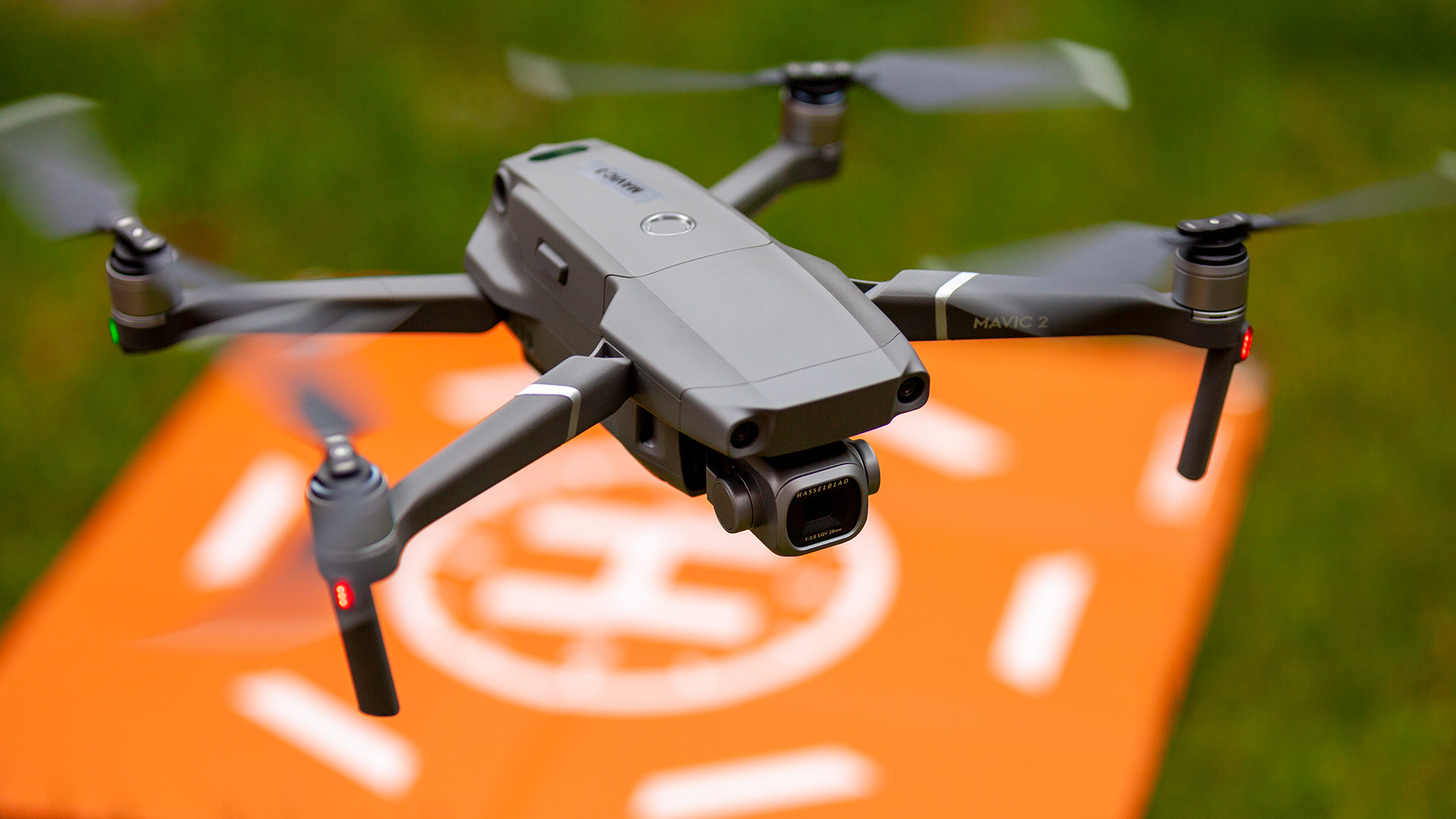Read Time 5 mins
26/05/2023

Disclaimer: A Commitment to Just Culture and Learning
Please note that the purpose of this blog post is not to criticise, blame or assign fault to any individual or organisation involved in the drone accident discussed in the AAIB report. Our intent is to promote a just culture, where safety incidents are openly analysed and shared for the purpose of learning and improving safety practices within the drone industry.
We believe that by fostering an environment where people feel comfortable discussing and learning from accidents and near misses, we can collectively enhance safety standards and contribute to the ongoing development of best practices in drone operations.
We encourage all readers to approach the analysis presented in this blog post with an open mind, focused on the shared goal of learning and improving safety within the drone industry.
Summary of Incident
The drone accident occurred when the pilot, operating without a separate observer, lost visual contact with the aircraft after being distracted by multiple messages displayed on his controller. One message indicated magnetic interference causing a loss of heading reference, prompting the pilot to resume manual flying, while the other warned of reduced propulsion due to battery health issues. The drone failed to respond to the return-to-home command, lost connection with the controller, and ultimately landed in a tree over a congested area, all while out of the pilot's control.
Human Factors in the Drone Accident
The AAIB report highlights several human factors that contributed to the drone accident. These include:
- Distraction: The pilot was distracted by multiple messages displayed on his controller, which led to a loss of visual contact with the drone.
- Single operator: The pilot was operating the drone without a separate observer, which increased the difficulty of maintaining situational awareness and responding to unexpected events.
- Lack of familiarity with emergency procedures: The pilot may not have been fully aware of the appropriate actions to take when faced with the issues experienced during the flight.
Recommendations for Avoiding Similar Accidents
To prevent similar incidents from occurring in the future, the following measures can be implemented:
- Using an observer: When conducting drone operations, it is advisable to have a dedicated observer who can assist the pilot in maintaining situational awareness and handling any unexpected events.
- Regular training and practice: Pilots should undergo regular training and practice to maintain proficiency in emergency procedures and handling of unexpected events.
- Improved human-machine interface: Manufacturers can improve the design of controllers and display systems to minimise distractions and provide clear, timely information to pilots during critical phases of flight.
- Pre-flight checks: Conducting thorough pre-flight checks, including checking battery health and ensuring the drone is clear of magnetic interference, can help prevent issues during flight.
By addressing the human factors identified in this AAIB report and implementing the recommended measures, the drone industry can continue to improve safety and reduce the risk of accidents.